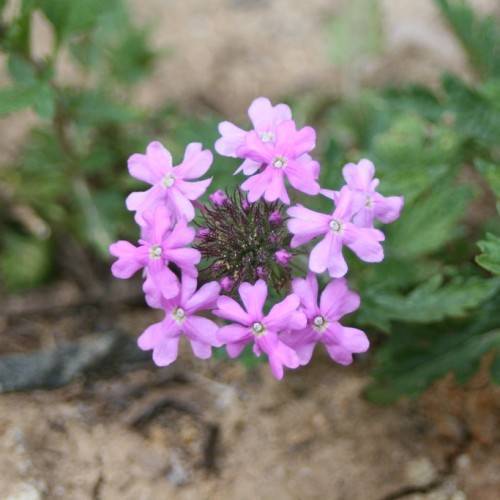
trailing verbena
Glandularia canadensis ( syn. Verbena )
Cycle:
Perennial
Watering:
Average
Hardiness Zone:
10
Sun:
Part sun/part shade
Fruits:
Fruits Ready In Summer
Edible:
Yes
Growth Rate:
Low
Salt Tolerant:
Yes
Invasive:
Yes
watering
Tahitian bridal veil should be watered once every 7-10 days when grown in a pot or other container. The soil should be damp to the touch but not completely wet before watering. During winter months, especially in colder climates, the plant may need to be watered less frequently. It is very important that the soil drains well, as Tahitian bridal veil is highly susceptible to root-rot if kept too wet for too long. In addition, the plant should be occasionally misted with water and positioned in bright, indirect light.
sunlight
Tahitian bridal veil (Gibasis geniculata) is an easy-care plant that prefers bright, indirect sunlight. When acclimated, it can tolerate some direct sunlight. However, it's best to avoid too much direct, mid-day sun, which may cause the leaves of the plant to become scorched. To achieve optimal growing conditions, it is ideal to place the plant by an east- or west-facing window, which will provide bright, indirect sunlight for up to 8 hours a day.
pruning
Tahitian bridal veil should be pruned regularly to maintain its shape and size, as well as to promote health and vigor. Pruning should begin in early spring (around March) and should be repeated throughout the growing season (through to late summer). Pruning should involve cutting back the plant by up to 1-third to maintain its size, removing any dead and dying growth and occasionally thinning out some of the older stems to let in light and air to the center. It may also be beneficial to prune for aesthetic reasons by shaping the plant into a desired form.
